1. Traditional Video Production
What do we mean when we say "traditional" video production? In the context of your business, we're specifically referring to enterprise videos. This could be a single video or an entire series of videos to strengthen your message.
We recommend videos that range from 3 to 5 minutes, but it depends on the video and the message behind it..
Scripted
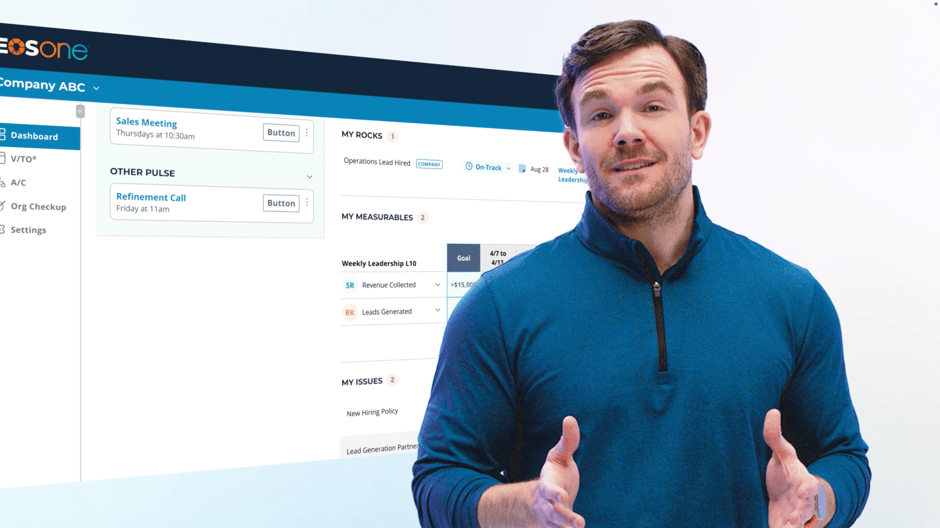
"For scripted, you could do one of two things," says Kevin Sytsma, 730 Eddy's Creative Director. "You could do talking-head or only VO if you don't see the person."
"Talking-Head" is slang in the video world for when the camera is focused on a medium-closeup shot of a person. You've likely seen these on TV - news channels use scripted talking-heads constantly, whether it's the news anchor or the reporter in the field.
VO stands for Voice Over. You can similarly have a scripted video where the person you hear doesn't appear on screen. A scripted video with VO only will likely utilize significantly more B-roll than a talking-head, where you can cut back to your reader whenever you want.
Scripted videos give you more control over the final message. That being said, writing and approving your script ahead of time is crucial.
Narrative
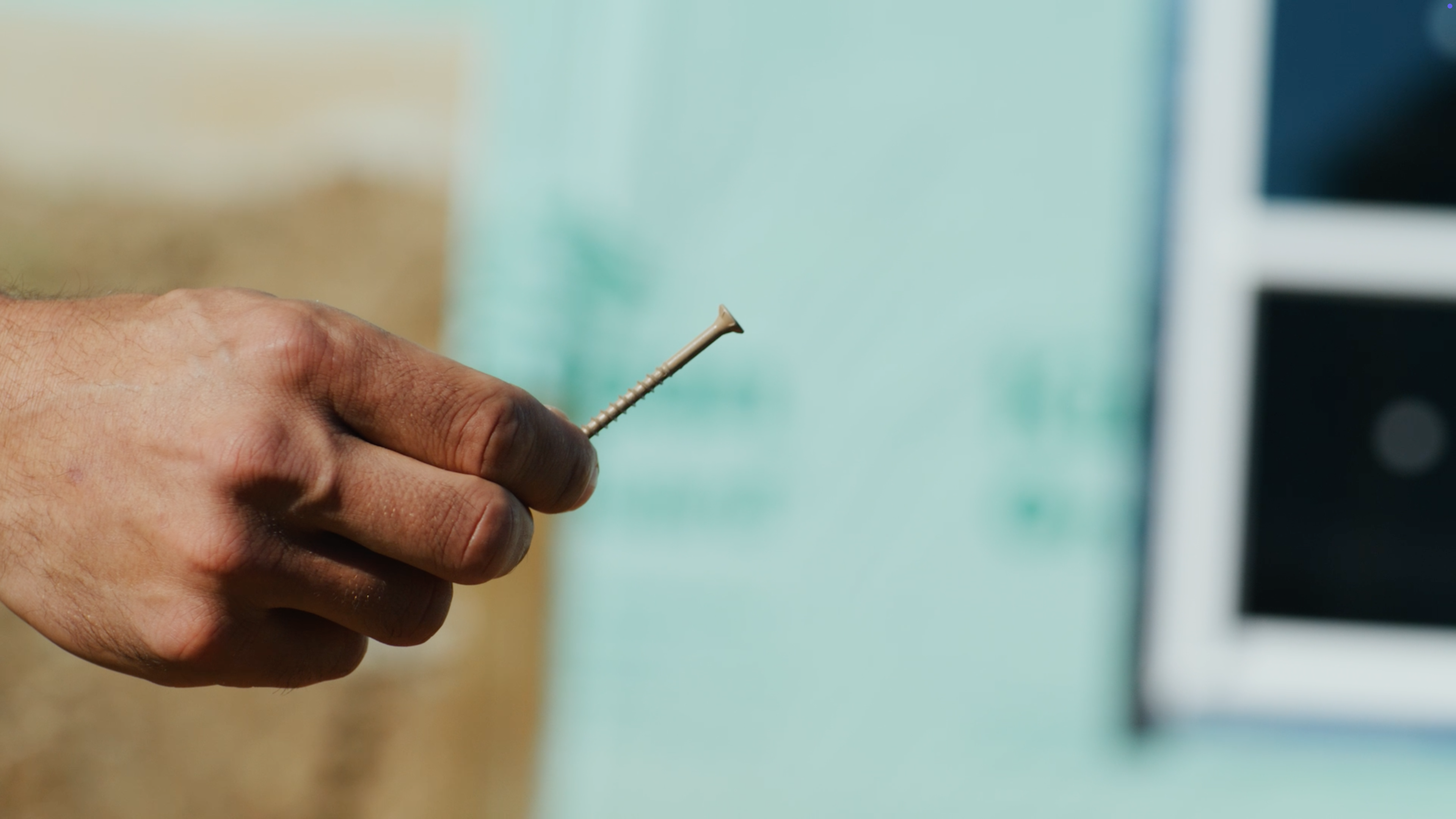
"The narrative route is more the idea of 'show, don't tell,'" says Kevin. "That can kinda take your audience on a bit of a different journey."
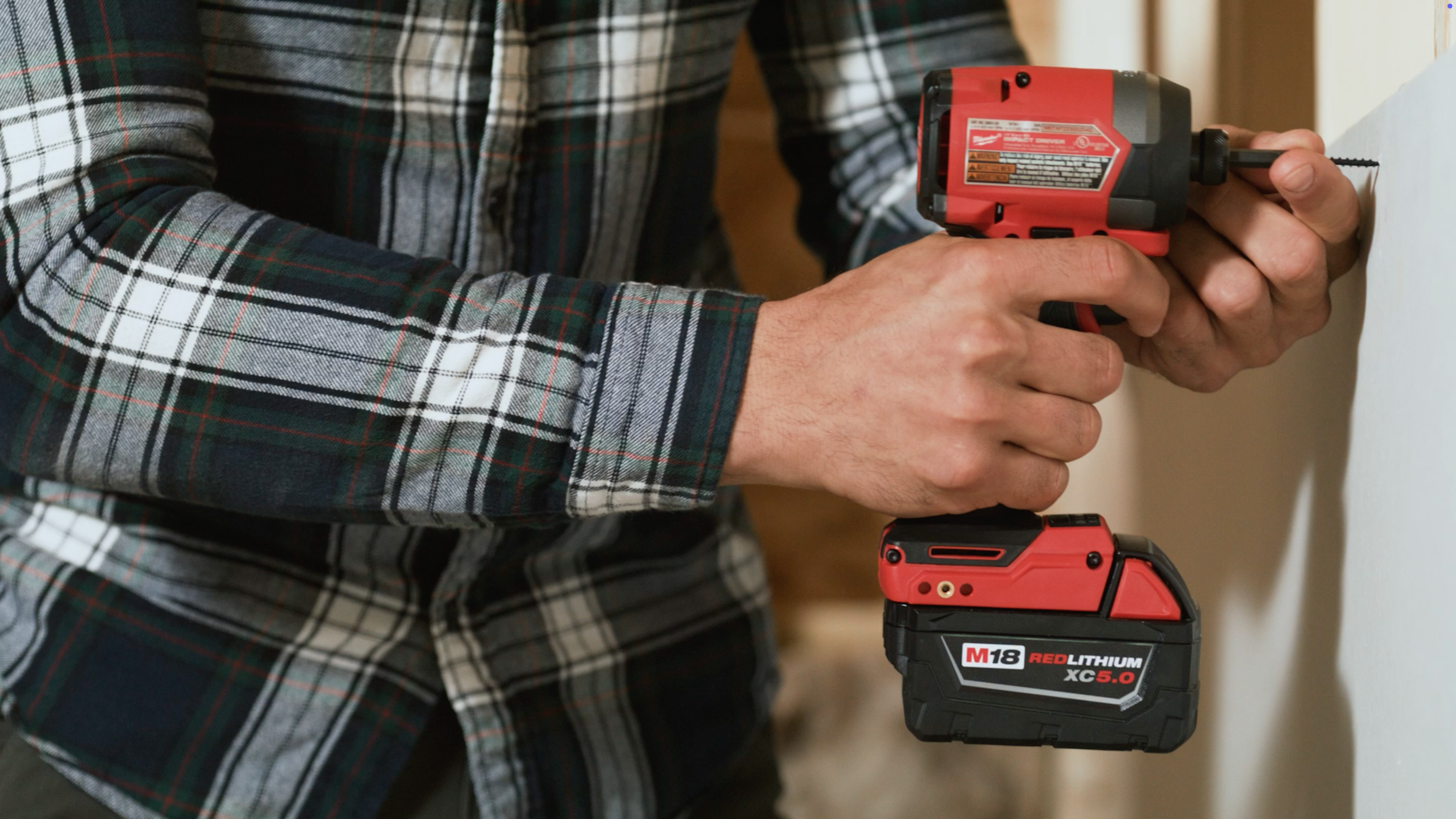
If you want to give your video more emotion, a narrative direction may be a great way to go. Narrative storytelling isn't just for Hollywood - a simple story with a beginning, middle, and end can make for a strong promotional video.
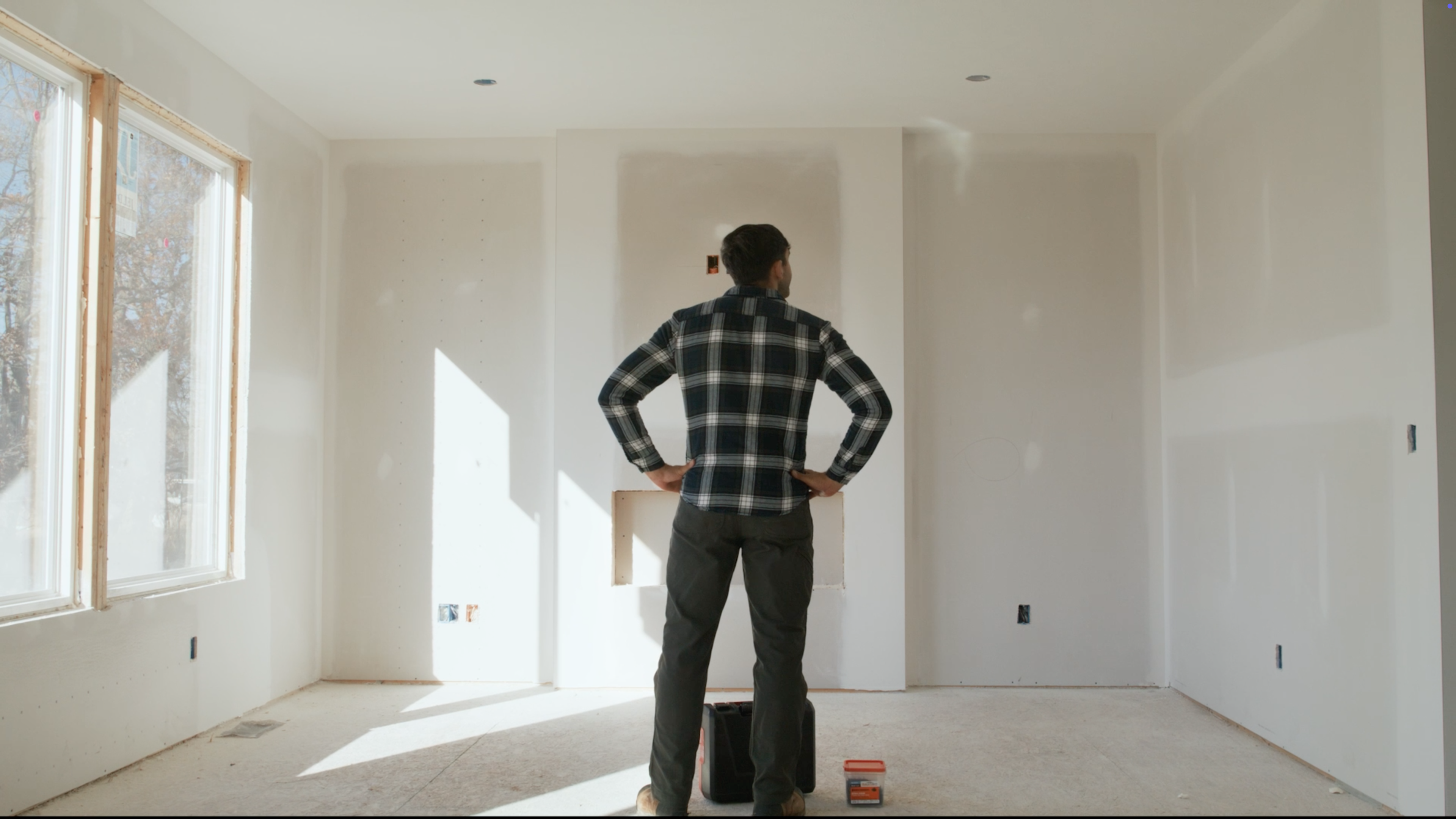
"It's typically pretty eye-grabbing and unique. There's just a whole variety of things that you can do in that space... It's showing your audience rather than just explaining or telling them correctly."
Interview
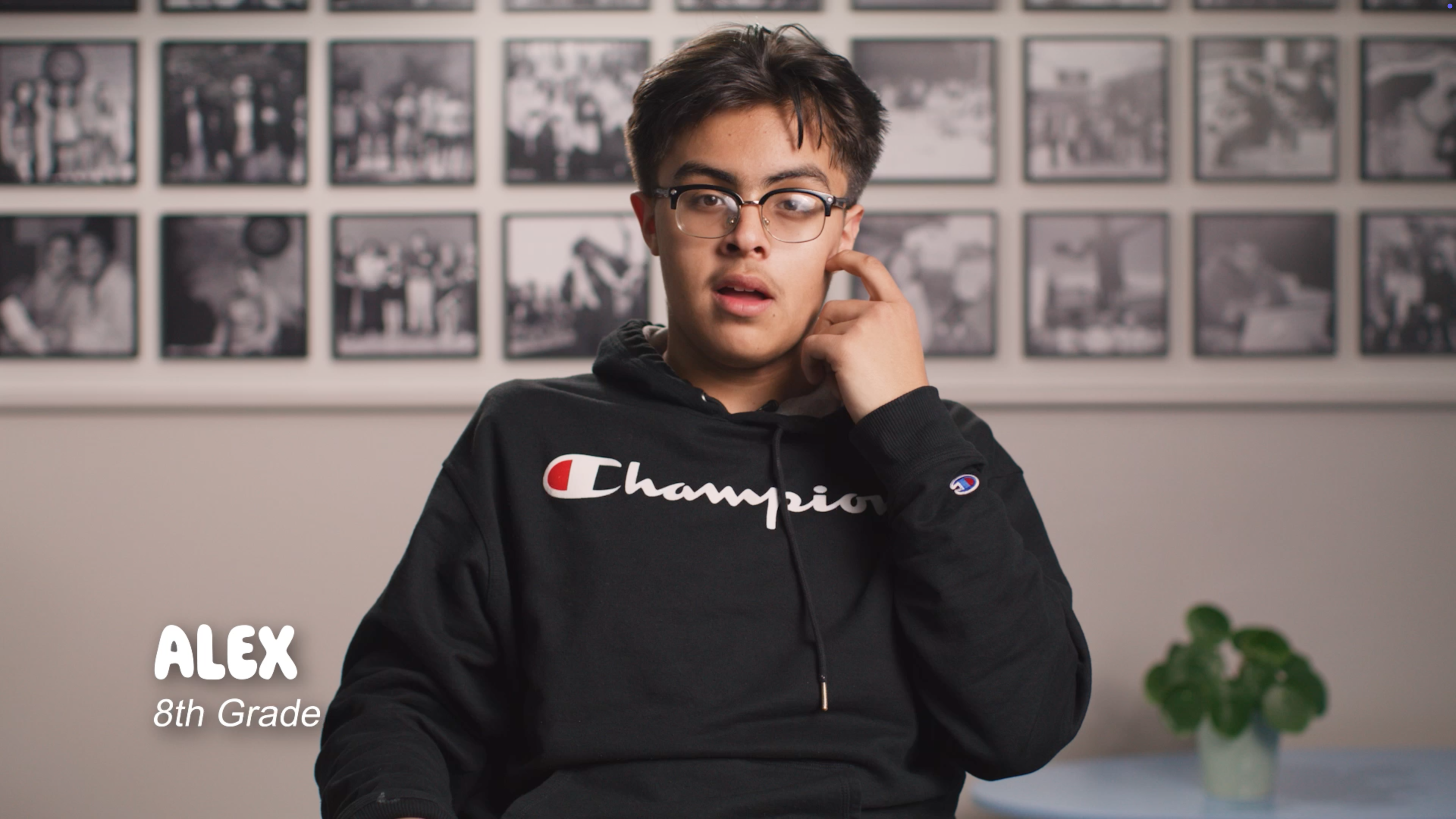
"The other way...is interview-based," says Kevin. "So you have a person or multiple people on camera, telling their story, prompted by questions."
This approach tells your story in more of a documentary style. This style actually also uses talking-heads, but instead of scripting what your subjects say, they tell their story in their own words. And although you won't need a script for interview videos, questions do need to be prepared ahead of time.
The cool thing about interviews is how emotional they can be. When you take a step back and give people the space to tell their own story, that's when some magic can happen.
"You have that emotional connection," says Kevin, "and you get those unscripted answers or reactions. That can create kinda unique things that you can't always plan for."
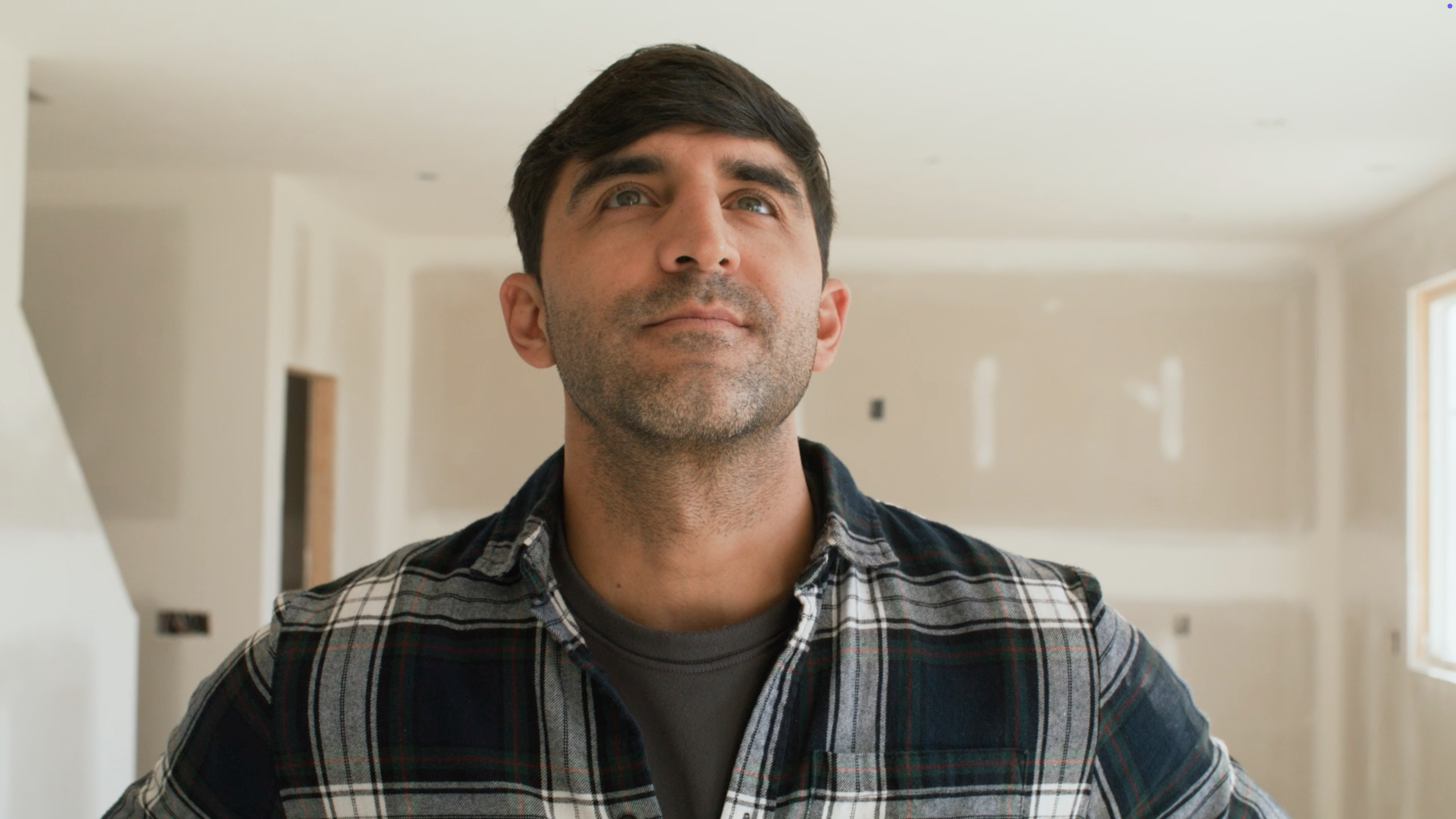
A huge pro of traditional video production is having control over the final production. "You can make a bunch of different choices in the editing process as far as....adding music and sound effects," says Kevin.
Whatever style of traditional video you're considering, keep this in mind. "It's critical to have really good communication," says Kevin, "Be on the same page with what you're interested in getting and what it takes to get it. If you have those two things aligned, you are set up so much better for success."
2. Live Production
Live production, or Experience production as we call it, brings with it a host of opportunities. Where traditional video takes time to edit before it's ready to share with your audience, live shows deliver your message immediately.
"Live lends itself really well to education," says Donny Miller, Technical Director at 730 Eddy. "Getting information out there, especially stuff that's rapidly changing."
This is also a reason why live productions are particularly fun for your audience. There is significantly more interaction and engagement when it comes to live productions.
News Style
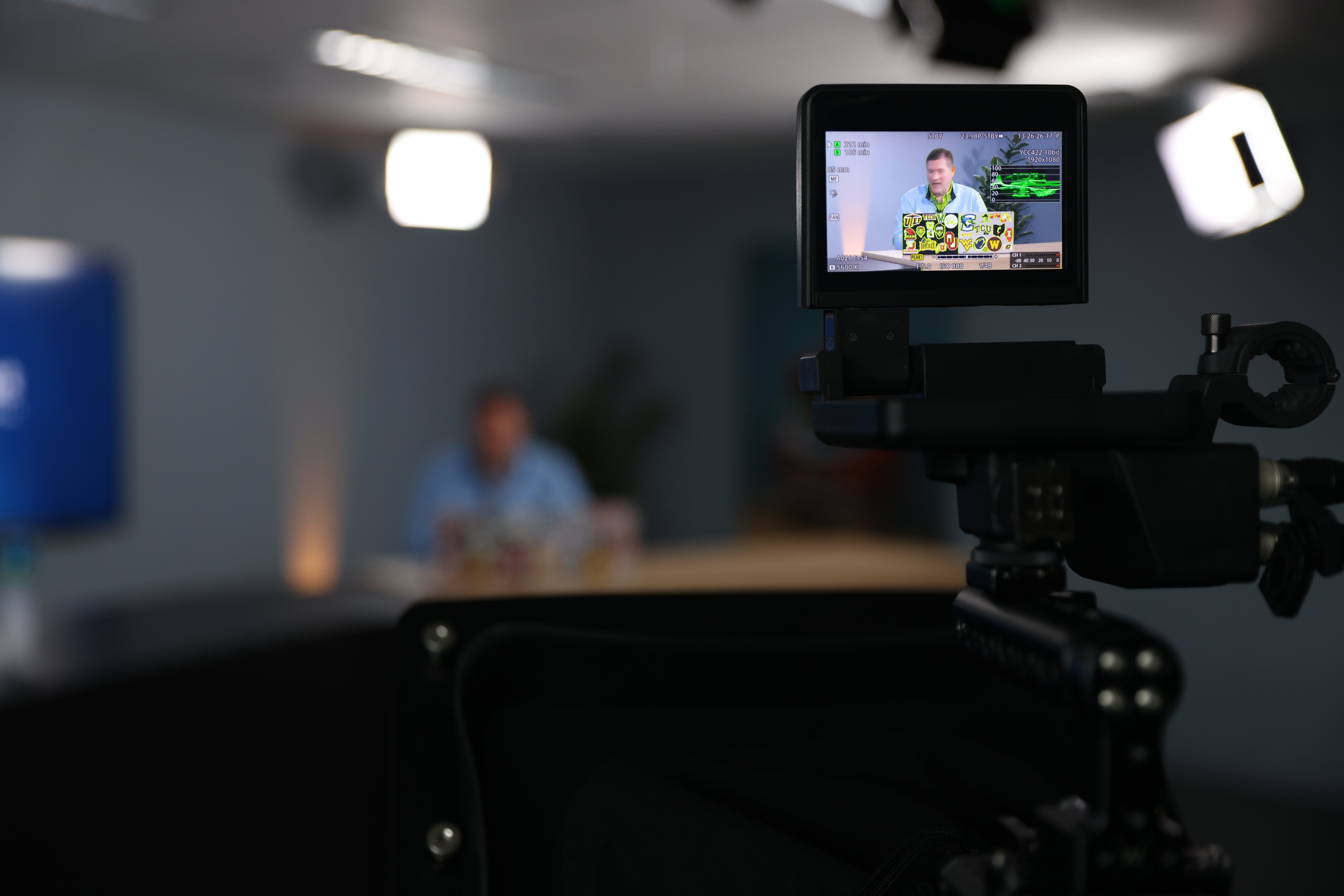
A news-style live show is exactly what it sounds like. This type of show typically delivers current events around the state of your company. This is likely the most structured and controlled format for a live show.
It's also a fantastic format for internal marketing, as it keeps your team up to date on critical happenings at your company. This is also a type of live show that benefits from a reccuring format.
Webinar
A webinar is an online seminar. This means they are also incredibly educational for your audience, just in a different way. Instead of current events of the company itself, webinars tend to deliver information about an industry as a whole.
Donny describes a webinar approach as "more like an interview-style...having experts on, they're interviewing each other live."
The information is less specific and more general, sharing insights about your industry that your internal team may not have been aware of before.
Conferences
According to event-planning platform Cvent, "The global corporate events market was valued at $325 billion in 2023 and is expected to grow to nearly $600 billion by 2029." Corporate conferences are massive money-makers, and live productions are a huge part of that.
A Conference is an excellent opportunity to broadcast the event you spend so much time, energy, and money on every year. It opens the door to more attendees that may not be able to join in person but can join virtually.
When you're building a live show," says Donny, "the first thing you should keep in mind is your audience. Who are they? What would work best for them in terms of how you present the information? Whether it be...pre recorded video, PowerPoint, literally just saying it to them... Are they virtual? Are they in person? Maybe it's a mix of both. How do you retain that attention?"
It's also important to remember the consequences of a live production because you won't be able to edit out mistakes as easily as with traditional video. It's critical for everyone involved in the live production as well, whether behind or in front of the camera, to be as prepared as possible.
"Anything could happen," Donny says. "You could slip up and say a wrong word, there could be a technical issue that happens... As a strength and weakness, anything could happen."
3. Virtual Production
(Star Wars Fans: this one's for you.)
According to Andy Atkins, CEO of 730 Eddy, some people get virtual production confused with virtual events, streaming over Zoom. Thankfully, it's much cooler than that... No offense, Zoom.
"It's more of a choose-your-own background, choose-your-own adventure kind of a style," says Andy, "where we're able to utilize the same methodology of video, like shooting on location. But because we're shooting on LED, that location can be anywhere."
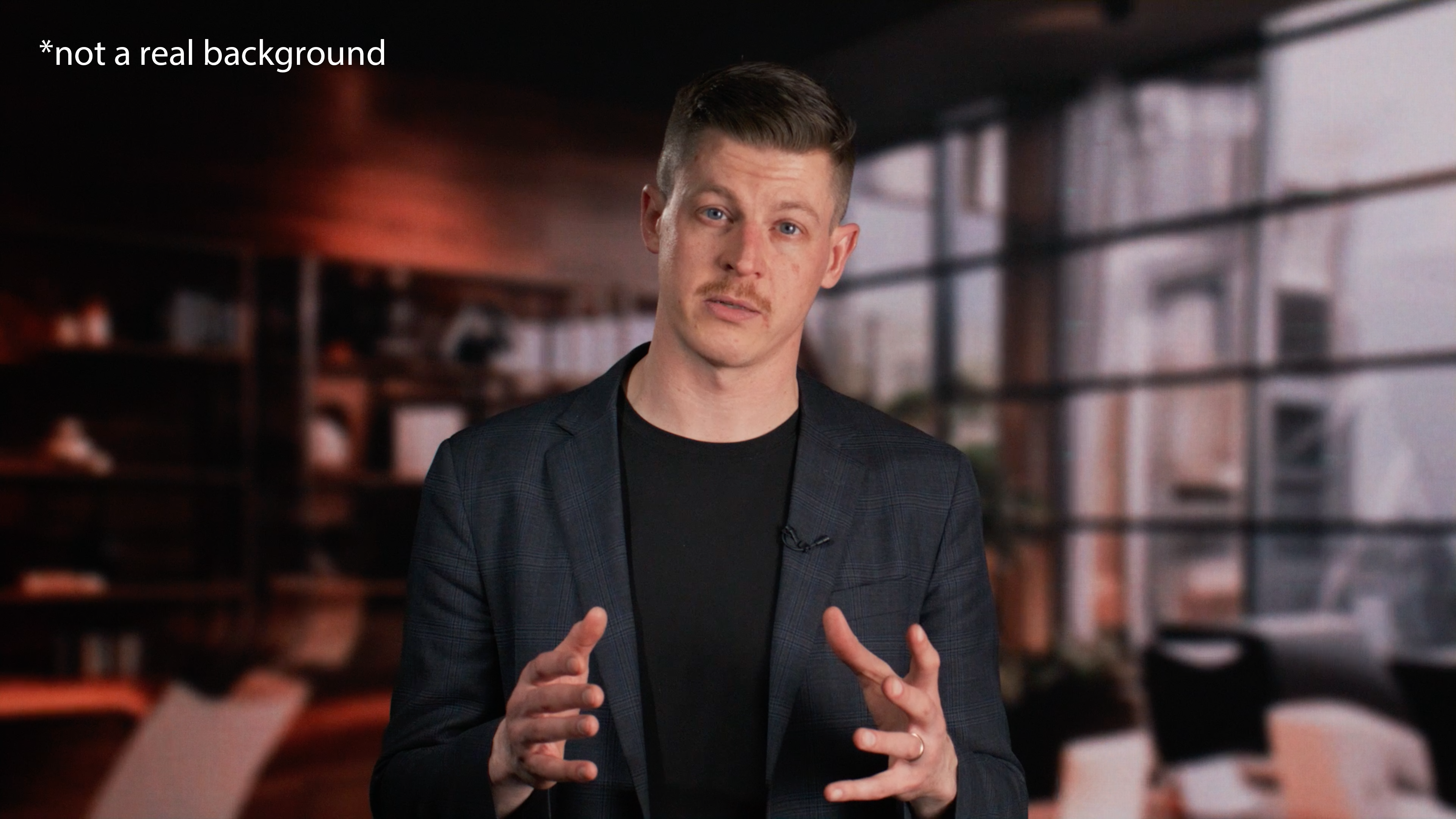
A real-world example may come to mind if you've seen The Mandalorian. Since the first season, they've incorporated LED Volume Walls and a stage (Stagecraft by ILM) to bring their sci-fi monolith to life.
What makes this technology so much more intuitive than green screens is how it can move with the camera. According to Devin Coldewey from TechCrunch, "The innovation in Stagecraft and other, smaller LED walls... is not only that the image shown is generated live in photorealistic 3D by powerful GPUs, but that 3D scene is directly affected by the movements and settings of the camera. If the camera moves to the right, the image alters just as if it were a real scene."
This is certainly the most sophisticated example of a virtual studio, however they come in all shapes and sizes. In relation to 730 Eddy's virtual studio, Andy says, "Hollywood style production, Midwest heart... Big style, really pretty cinematic, but content at scale."
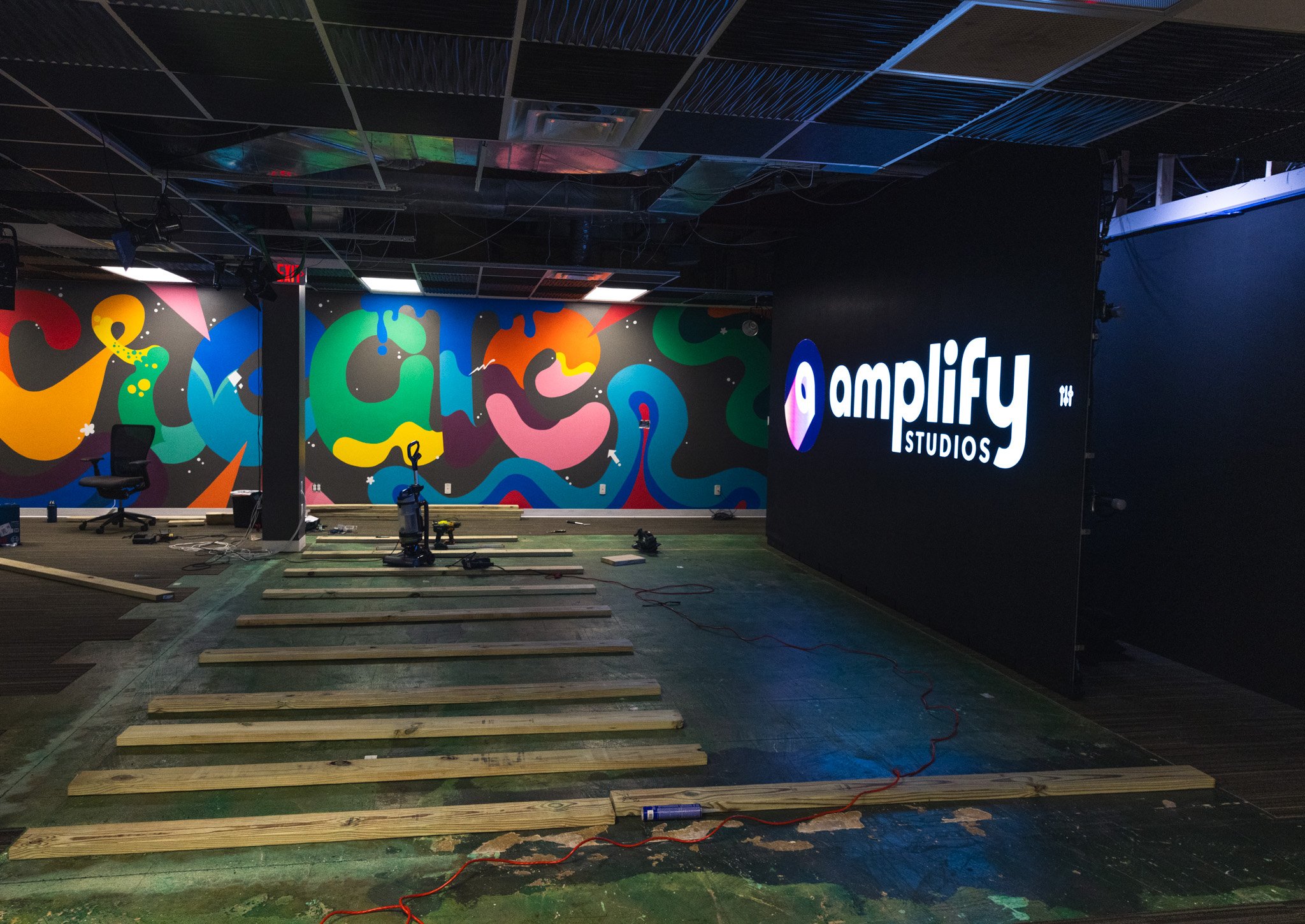
Our Amplify studio offers a flat 21' X 15' LED Volume wall, and we're in the process of building a stage to support it.
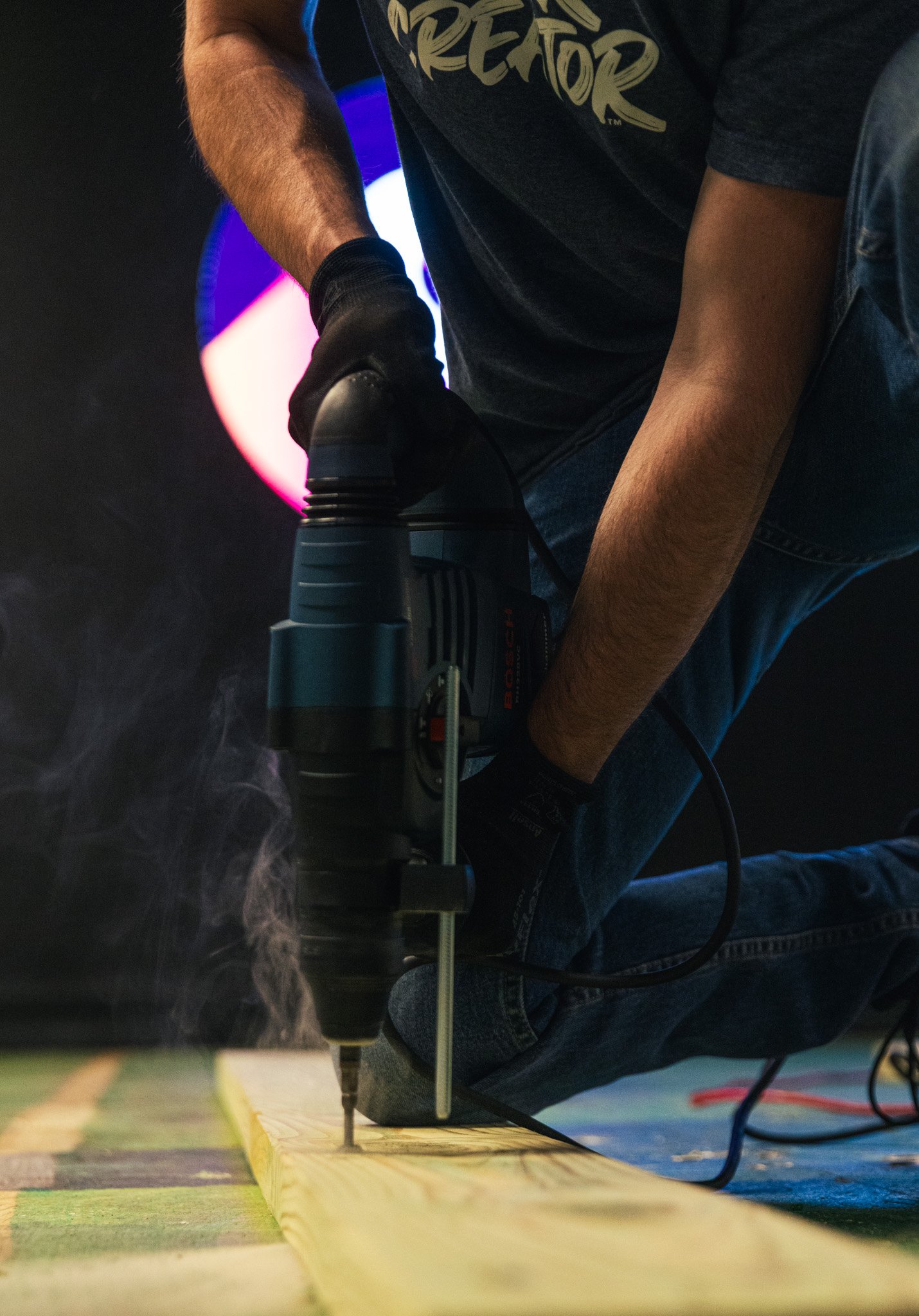
The only limit to a virtual production is your imagination. It's the most controlled environment to tell your story in out of all three ways we've discussed. While this technology is worth taking advantage of, there are also valuable things about the unexpected aspects of production to consider.
"With a studio, you can make it golden hour the entire shoot if you want," says Kevin. "But sometimes...those other variables can change your [video] shoot. When you're so controlled, you might not have those moments of inspiration come on a traditional video set or live production...other elements come into play when you're out in the real world. So there's definitely pros and cons to both of those things."
Final Thoughts
The most exciting part about the world of video is the amount of options you have. And more often than not, you don't have to choose just one.
Live shows often need supplemental videos to play throughout the event. Virtual Productions can become singular promos or live streamed themselves. There are so many ways for these avenues to intersect, all in support of your business's story.
So, how are you going to tell your next story? Let us know in the comments below!











